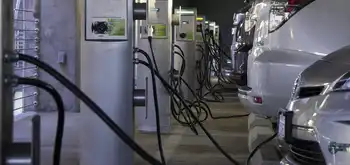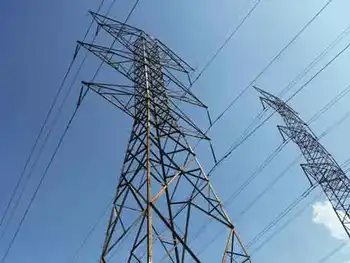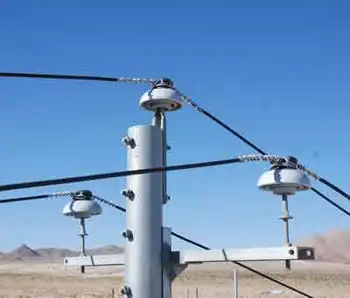Government of Canada Targets Key Sources of Greenhouse Gas Emissions
- OTTAWA, ONTARIO--Ralph Goodale, Minister of Natural Resources Canada (NRCan), and David Anderson, Minister of the Environment, today announced the details of 28 specific Government of Canada climate change initiatives that will cut Canada's greenhouse gas (GHG) emissions by more than 23.7 megatonnes by 2010.
The projects, worth $425.15 million, are funded as part of the $1.1 billion in climate change commitments made in Budget 2000 and the Action Plan 2000 on Climate Change announced in October 2000, which are expected to take us about one-third of the way to meeting Canada's international climate change obligations when fully implemented.
"The initiatives we're announcing today reach out to all Canadians and all sectors of our economy, and they will put us significantly closer to meeting our climate change goals," said Minister Goodale. "They demonstrate our determination to continue leading the way on climate change and our commitment to finding solutions."
"We are putting these tools in place to continue the partnership between governments, industry, and all Canadians in addressing climate change," said Minister Anderson. "These initiatives will offer Canadians choices for cleaner energy, more energy-efficient buildings and homes, and greener transportation. By building on past actions and by acting today, we can contribute to a better, more secure tomorrow."
Among the initiatives announced by the Ministers are the following:
These initiatives are part of the Government of Canada's contribution to Canada's First National Business Plan, which also includes provincial and territorial initiatives.
On November 10, 2001, international negotiations on the operation of the Kyoto Protocol concluded. The Protocol will go into force after it has been ratified by a minimum of 55 countries, representing at least 55 percent of industrial countries' emissions. Prime Minister Chretien has stated that the agreement opens the door for Canada to consider a decision on ratification in 2002, following full consultations with provinces and territories, other stakeholders, and the Canadian public.
Related News

EVs could drive 38% rise in US electricity demand, DOE lab finds
WASHINGTON - Utilities have struggled with flat demand for years, but analysis by the National Renewable Energy Laboratory predicts steady growth across the next three decades — largely driven by the adoption of electric vehicles.
The study considers three scenarios, a reference case and medium- and high-adoption electrification predictions. All indicate demand growth, but in the medium and high scenarios for 2050, U.S. electricity consumption increases by 20% and 38%, respectively, compared to business as usual.
Utilities could go from stagnant demand to compound annual growth rates of 1.6%, which would amount to sustained absolute growth of 80 terawatt-hours per year.
"This unprecedented…




